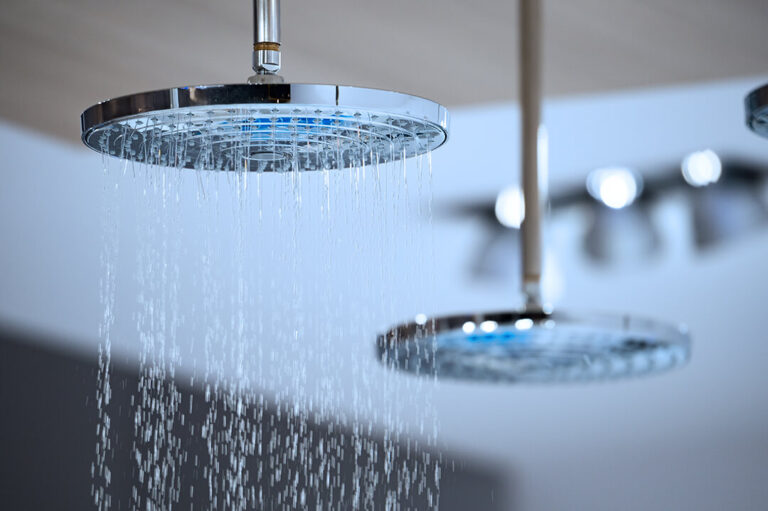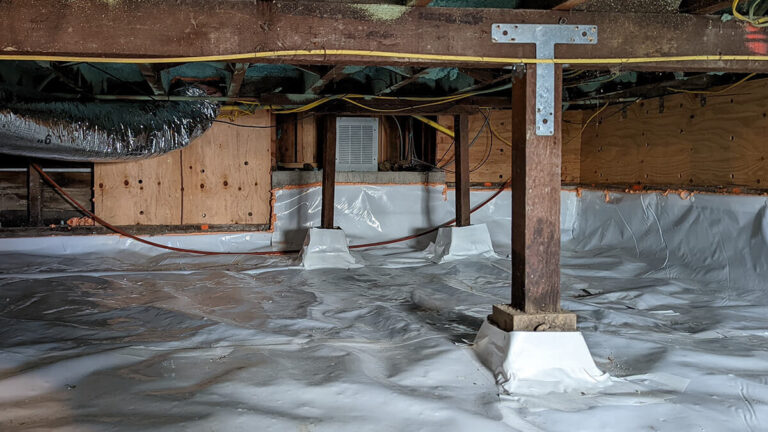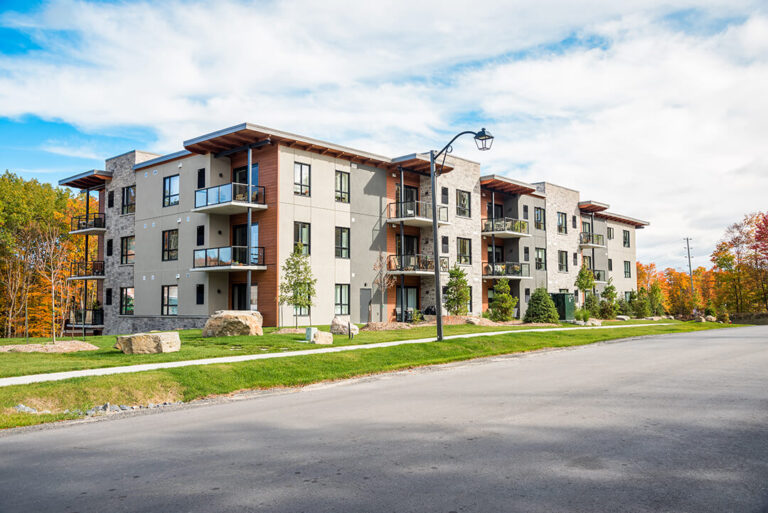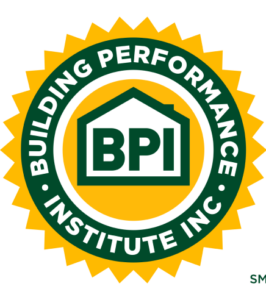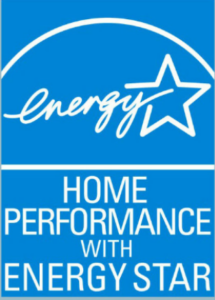Tight homes need mechanical ventilation
First off, what is a “tight” home?
This refers to any building that is either intentionally and thoroughly air sealed, or just very well constructed to the point that it leaks minimally. In other words, there are very few gaps between framing and drywall, between framing and framing, leaky penetrations, duct leaks, leaky windows and leaky doors. Although the method for air sealing differs, this can be done either in a new construction or a renovation situation on an existing home. A “tight” home is sealed to such a degree that very little air can passively enter or exit the interior of the building. The quality of the air sealing and tightness of a home is generally measured in air changes per hour (ac/h) and can be tested by equipment called a Blower Door. An average not-yet-sealed existing home’s (not new construction) leakage rate is around 0.7 – 0.9 ac/h. A decently constructed new home’s leakage rate may be around 0.4 – 0.7 ac/h on average. An excellent rating is 0.35 ac/h and under (the target range for ZNE homes). Basically, the lower the better as long as the home has supply ventilation for fresh air.
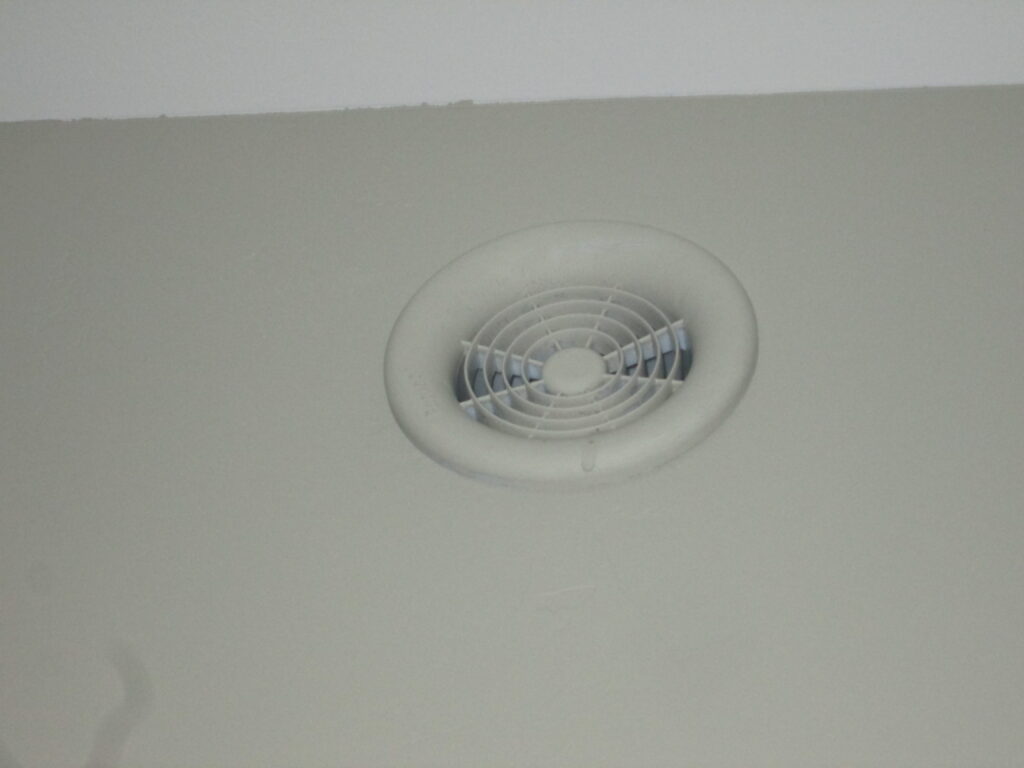 Air sealing is a top priority for an energy efficiency retrofit on a house. Any home that uses any form of heating and/or cooling, and wants to be efficient, needs good air sealing. Even homes without heating and cooling benefit from having a tighter home. However, in an extremely well sealed “tight” home (below 0.30 ac/h), when all the windows are closed (winter time scenario), there is minimal fresh air getting into the home. That is why tight homes need mechanical ventilation to run continuously. And in case you’re wondering, yes, the energy use from the ventilation system should be miniscule, compared to the energy saved by having a well sealed home.
Air sealing is a top priority for an energy efficiency retrofit on a house. Any home that uses any form of heating and/or cooling, and wants to be efficient, needs good air sealing. Even homes without heating and cooling benefit from having a tighter home. However, in an extremely well sealed “tight” home (below 0.30 ac/h), when all the windows are closed (winter time scenario), there is minimal fresh air getting into the home. That is why tight homes need mechanical ventilation to run continuously. And in case you’re wondering, yes, the energy use from the ventilation system should be miniscule, compared to the energy saved by having a well sealed home.
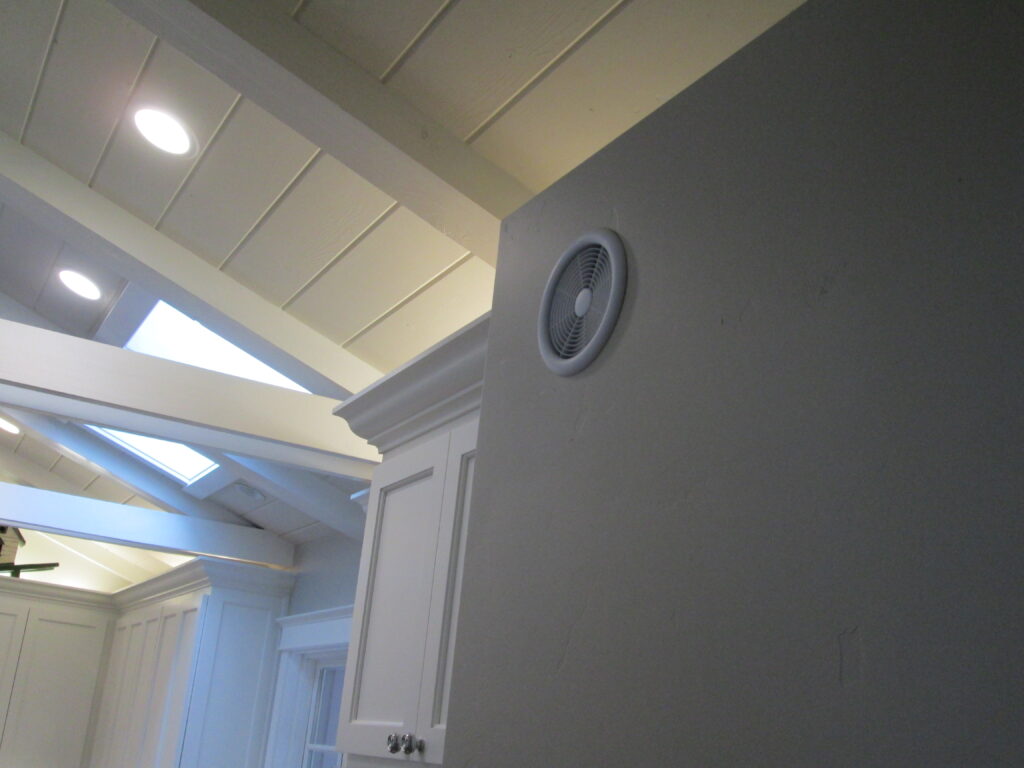
Balanced Ventilation Systems
Balanced ventilation simply means there is a fan blowing air into the house while simultaneously exhausting the same amount of air out of the house (see photos of exhaust/supply registers). This is usually the best option for builders aiming for high efficiency and comfort levels. Generally, balanced ventilation systems are more expensive to install, but also have relatively low operating costs.
Other options include exhaust-only ventilation, a separate supply ventilation system, or just a smaller “spot” balanced ventilation systems that exhaust and supply to 1 room only. These can be the right choice for some homes. But again, for high performance homes, whole house balanced ventilation is recommended.
The more difficult and confusing choice to make is between HRV and ERV systems (these are both types of balanced ventilation).
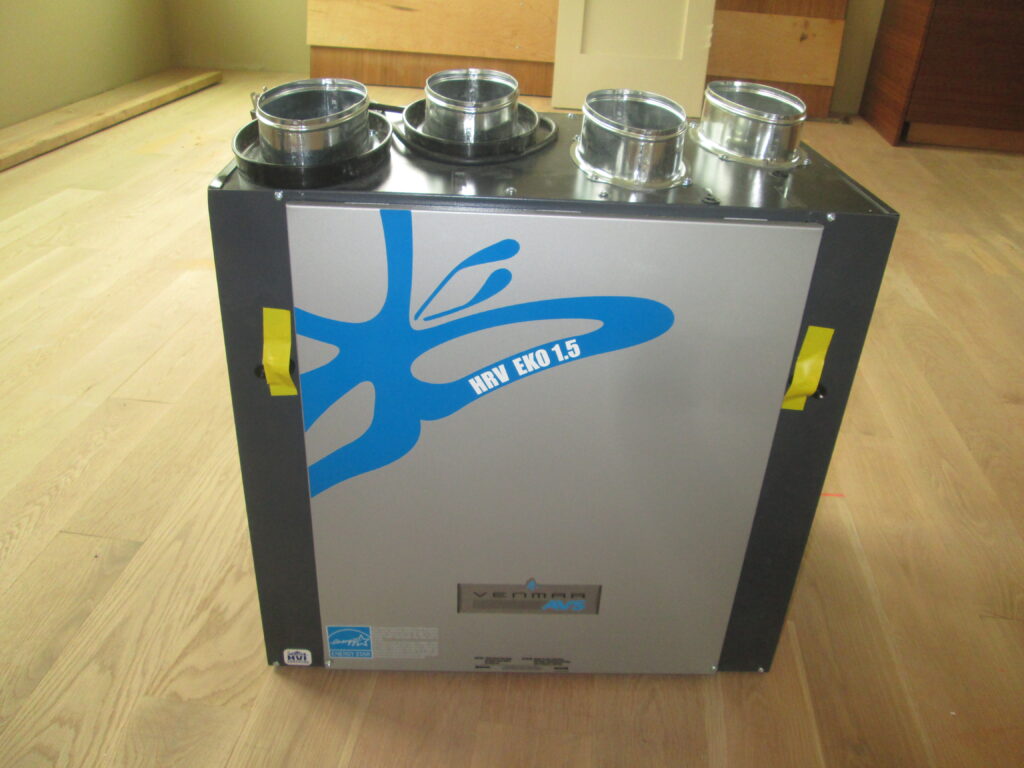
HRV (Heat Recovery Ventilation)
An HRV is a type of balanced ventilation system, meaning it is one system that both supplies and exhausts. Both the fresh air and the stale air streams flow through the core of the HRV, which transfers the majority of the heat from the outgoing warmer air exhaust stream to the incoming cooler supply air stream. It does this through a heat exchanger that does not allow the two air streams to mix together. In the summer, the warm fresh air coming in is cooled by the conditioned air from inside. In the winter, it is reversed: some of the heat from the indoor air is transferred to the cold fresh air coming in. In either case, we’re recovering some of the energy lost, supplying the home with fresh air, exhausting the home’s stale air, without mixing the air streams at all. The incoming fresh air is also filtered at the HRV box. The outgoing exhaust air functions as a bathroom fan as well and replaces the need for these.
ERV (Energy Recovery Ventilation)
An ERV does the same thing an HRV does, but it also transfers moisture, at the cost of a slight mixing of the air streams. Good quality ERVs (when installed properly) have cross-contamination rates under 10% (which isn’t really noticeable). However, the choice is not as simple as “choose an ERV if humidity is an issue.”
What affects humidity
Climate and season
Air sealing quality
Ventilation rate (*TIP* During the winter, if your house is too humid, increase your ventilation rate by running your ventilation system more hours per day. If it’s too dry, decrease the ventilation rate. During the summer, if your house is too humid, get a dehumidifier).
Building size relative to the number of occupants
Behavior of occupants
Leakage from a humid crawlspace
Poorly performing bathroom fans
Conclusion: How to choose HRV or ERV
First of all, let’s assume you have good air sealing.
If you live in a hot, humid climate, an ERV will cost slightly less to operate than an HRV, during the summer. However, it will not solve your humidity problems, and you may need a dehumidifier.
If you live in a small home in a cold climate, choose an HRV, particularly if you have a lot of occupants.
If you live in a large home in a cold climate, choose an ERV, particularly if you have few occupants.
In mixed/moderate climates, there will be no significant overall difference between HRV and ERV.
Keep in mind that HRVs and ERVs are fairly similar. The more relevant criteria may be the energy efficiency of the product you choose. If this is your priority, we recommend the UltimateAir RecoupAerator 200DX ERV, or the Venmar EKO 1.5 HRV.
Finally, the single most important aspect of this whole subject is the installation and engineering. Poor installation will undermine everything else. For example, insist on dedicated ventilation ductwork that is sized using ACCA Manual D with an overall static pressure of below .3 inches of water column. The leakage of the HRV system’s ducts, their design, their sizing, and their install are also all extremely important factors and determine how much the HRV will cost to operate and how effectively it will ventilate the house.
For more information about ventilation systems, call (925) 363-4498 or e-mail info@epbuilders.com to speak to a technician, or schedule an energy audit.




